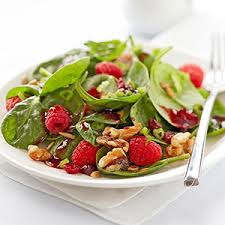Beware of the pitfalls of only reducing calories and not changing your nutritional intake. For instance, you can actually eat only chocolate or cheesecake and still lose weight if you are not eating more calories than you are burning. A diet that is based on smaller amounts of the same calorie rich foods often results in an individual who is hungry and experiences only a temporary weight loss. By eating foods that are higher in nutrients and fiber but lower in calories we become satisfied eating fewer calories and actually lose weight even though we are eating more food.

The idea behind a healthy weight loss is to do more than count calories. Individuals should not be focused on a specific food group, counting calories, over exercising or going on the newest liquid diet. Long-term weight loss is achieved only when individuals change their nutritional intake permanently and increases the amount of fruits and vegetables they are eating, increase their fiber, get adequate amounts of exercise on a daily basis and learn the differences between overall health and a fad diet.
Before attempting a low calorie diet (less than 1200 calories) or a very low calorie diet (900 calories or less) you must be under the care of your primary care physician to ensure that your decreased caloric intake will not negatively affect any underlying medical condition. Your physician should monitor specific blood levels, your clinical condition and recommend that you are not consistently using this program for more than seven days in a row and not more than every six weeks.



Leave a Reply